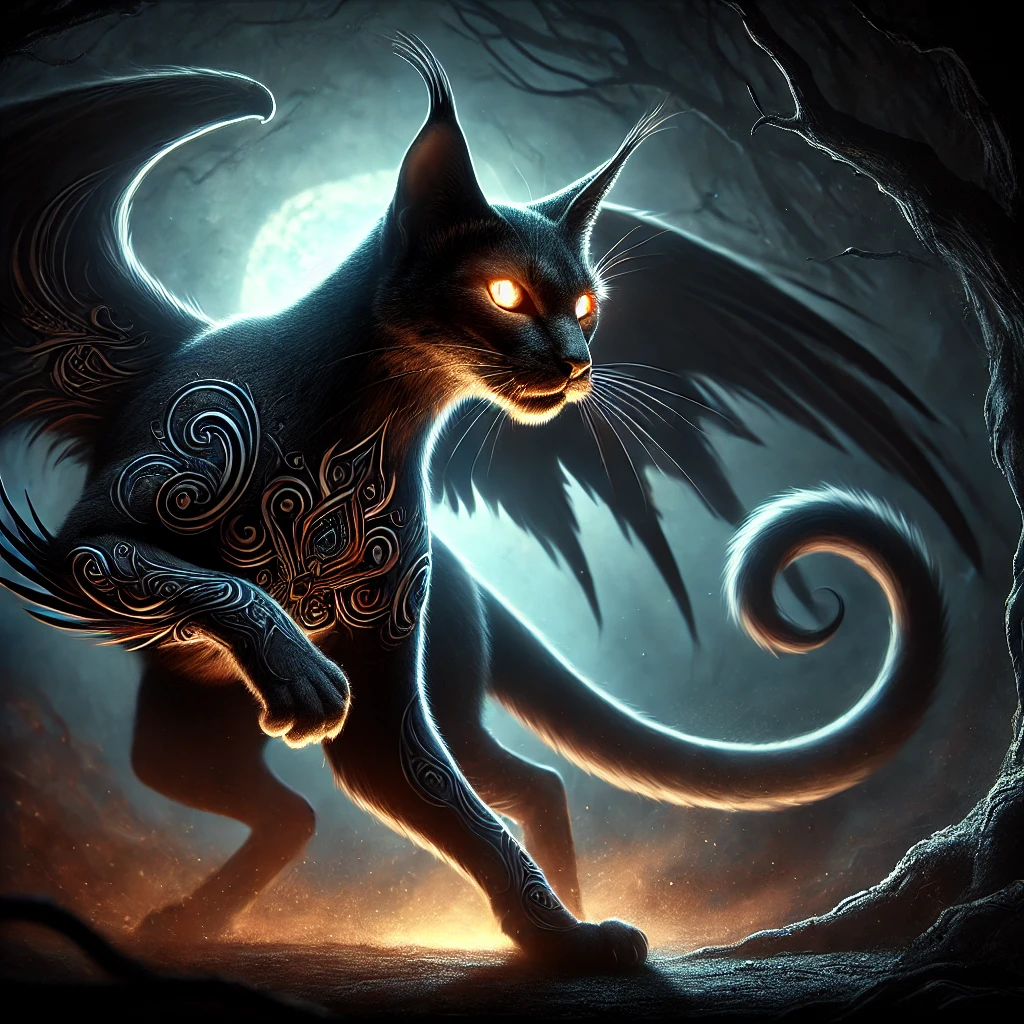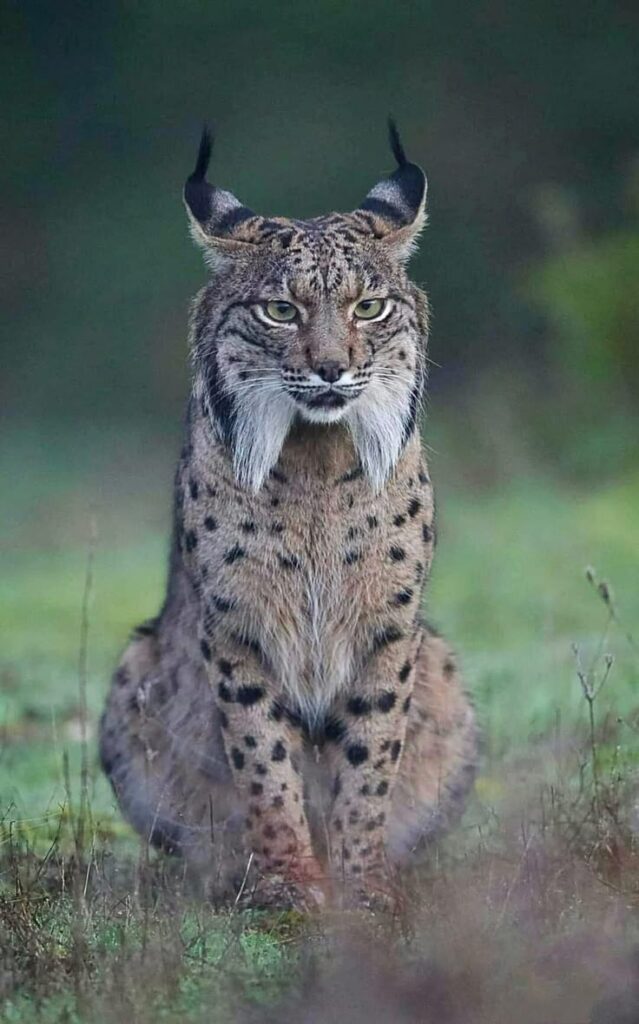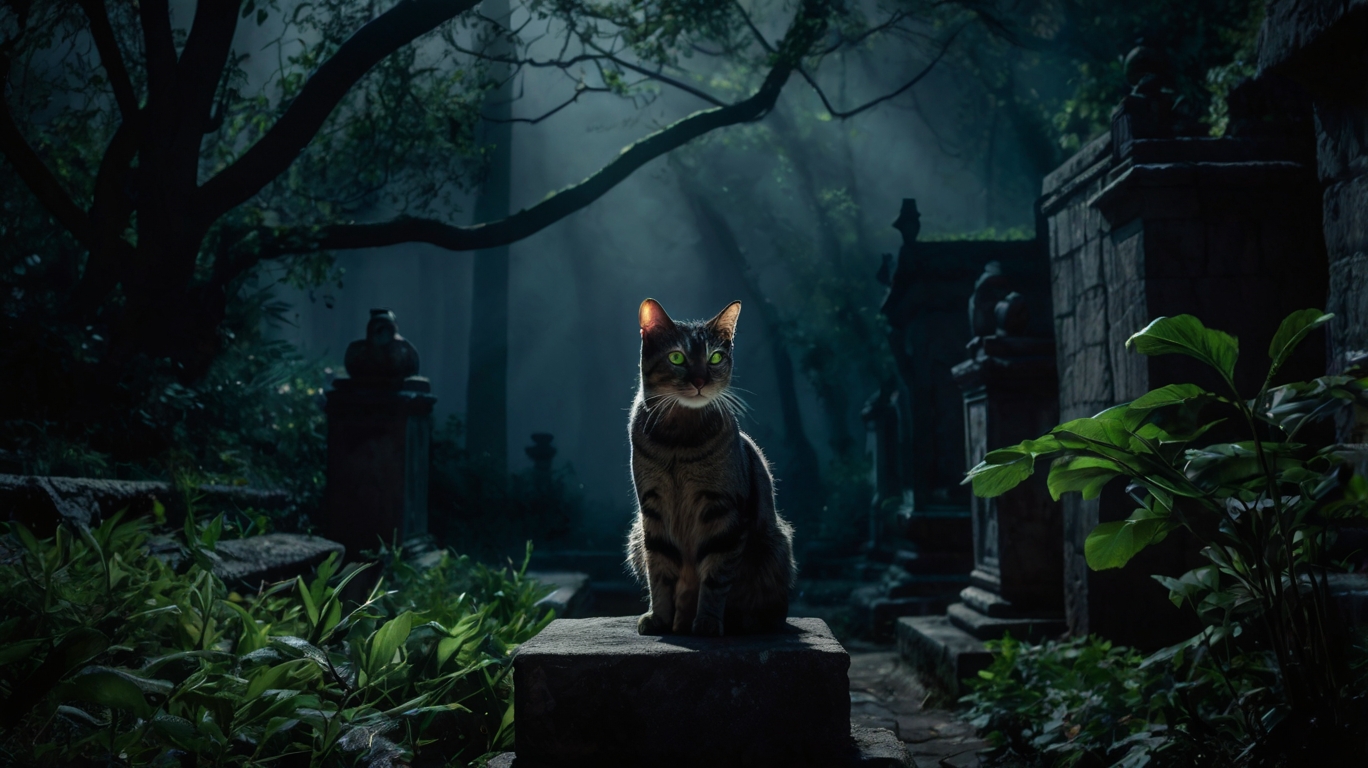If you’ve ever come a Fearsome Cat in Spanish: Meaning, Legends, and Cultural Significance
If you’ve ever encountered the clue “fearsome cat in Spanish” in a crossword puzzle or trivia game, you might have been curious about its meaning. The most frequent answer is “Tigre,” the Spanish word for “tiger.” But this term is more than just a direct translation—it carries rich historical, cultural, and even mythological significance in Spanish-speaking cultures. From legendary feline figures in folklore to their impact on language and everyday expressions, the concept of a fearsome cat holds a deeply rooted place in Hispanic heritage.
Why “Tigre” is the Answer?
In Spanish, the word “tigre” refers to one of the world’s most powerful and majestic big cats: the tiger. Although tigers are not native to Spain or Latin America, their symbolism has been embraced in Spanish-speaking cultures, where they are often associated with strength, dominance, and fearlessness. The image of the tiger is frequently tied to warriors, leaders, and even mythical beings, reflecting its enduring cultural impact.
While the answer to a crossword clue might appear simple, the idea of a fearsome feline goes much deeper. Across various regions, other big cats like jaguars and lions have also played significant roles in myths, legends, and proverbs, further enriching the cultural understanding of these awe-inspiring animals. This broader context highlights how these creatures have shaped the collective imagination and traditions of Spanish-speaking communities.
Fearsome Felines in Spanish Mythology and Folklore

While tigers aren’t native to Spain or Latin America, other big cats like jaguars, pumas, and lynxes have left their mark on Hispanic folklore. These powerful predators have long been woven into myths and legends, symbolizing strength, mystery, and even the supernatural. Here are some of the most intriguing feline tales from Spanish-speaking cultures:
1. The Jaguar in Latin American Indigenous Beliefs
In many indigenous cultures across Mexico, Central America, and South America, the jaguar (el jaguar) was revered as a powerful deity. The Maya, Aztec, and Inca civilizations saw it as a symbol of strength, protection, and a connection to the spiritual realm.
- The Maya believed jaguars were the protectors of the underworld (Xibalba), closely linked to the night and the afterlife.
- The Aztecs had elite fighters known as Jaguar Warriors, who wore jaguar pelts in battle to embody the animal’s fierce strength and dominance.
- In Incan mythology, jaguars were considered mystical beings that could move between worlds, serving as messengers between gods and humans.
2. El Hombre Tigre (The Tiger Man)
In South American folklore, the tale of El Hombre Tigre, or The Tiger Man, is widely known, particularly in areas where Spanish and indigenous traditions have influenced the culture. These legends speak of men who possess the ability to transform into large, intimidating cats, much like the werewolves of European mythology.
The story goes that these shapeshifters either fell under a curse or struck deals with supernatural forces, granting them the ability to become tigers when night fell. They were often feared by locals, as it was believed that they prowled the darkness, hunting villages and farms as terrifying predators.
The Tiger’s Influence in the Spanish Language

Spanish is a language rich in symbolism, and many expressions use the tiger (tigre) to convey different traits, such as power, fearlessness, and cunning. Below are a few examples:
- “Ser un tigre” (To be a tiger) – Used to describe someone brave, strong, or aggressive in competition.
- “Ojos de tigre” (Tiger eyes) – Symbolizes intense focus, determination, and an unwavering will to succeed.
- “Más rápido que un tigre” (Faster than a tiger) – A phrase indicating extreme speed or agility.
- “El tigre no pierde el sueño por la opinión de las ovejas” (The tiger doesn’t lose sleep over the opinions of sheep) – A saying that implies that strong, independent people shouldn’t worry about the criticism of others.
These expressions reflect how deeply the image of the tiger is embedded in Spanish-speaking cultures, despite the animal itself being native to Asia.
Fearsome Cats in Spanish Crosswords
If you enjoy crossword puzzles, you may have seen clues like “Fearsome cat in Spanish” appear in word games, particularly in the New York Times Mini Crossword and other popular puzzles.
The most common answer is:
- “TIGRE” (5 letters) – The Spanish word for “tiger,” the most fearsome feline in global culture.
Other possible answers that could fit similar clues include:
- “LEÓN” (4 letters) – The Spanish word for “lion,” another strong and dominant big cat.
- “JAGUAR” (6 letters) – Especially relevant in Latin American cultures, where the jaguar holds great mythological importance.
The Iberian Lynx: Spain’s Own Fearsome Cat

While tigers and jaguars dominate the myths of the Spanish-speaking world, Spain has its own fearsome feline—the Iberian lynx (Lynx pardinus). This rare and powerful wild cat is native to the Iberian Peninsula and is known for its sharp hunting skills, distinctive tufted ears, and piercing eyes.
The Iberian lynx has long been a symbol of mystery and agility in Spanish folklore. In the past, local legends described the lynx as a mystical creature with supernatural abilities, capable of disappearing into the landscape like a ghost. Today, conservation efforts are helping to restore the population of this endangered species, ensuring that Spain’s own fearsome feline continues to thrive.
Conclusion
The phrase “fearsome cat in Spanish” may be a simple crossword clue, but its meaning goes far deeper than just the word tigre. Across Spanish-speaking cultures, fearsome felines like jaguars, lions, and lynxes have shaped myths, expressions, and even historical traditions. Whether through ancient mythology, linguistic expressions, or modern conservation efforts, the presence of these big cats continues to be felt today.
Next time you encounter a crossword puzzle with this clue, you’ll not only have the answer—you’ll also know the fascinating history behind it!
